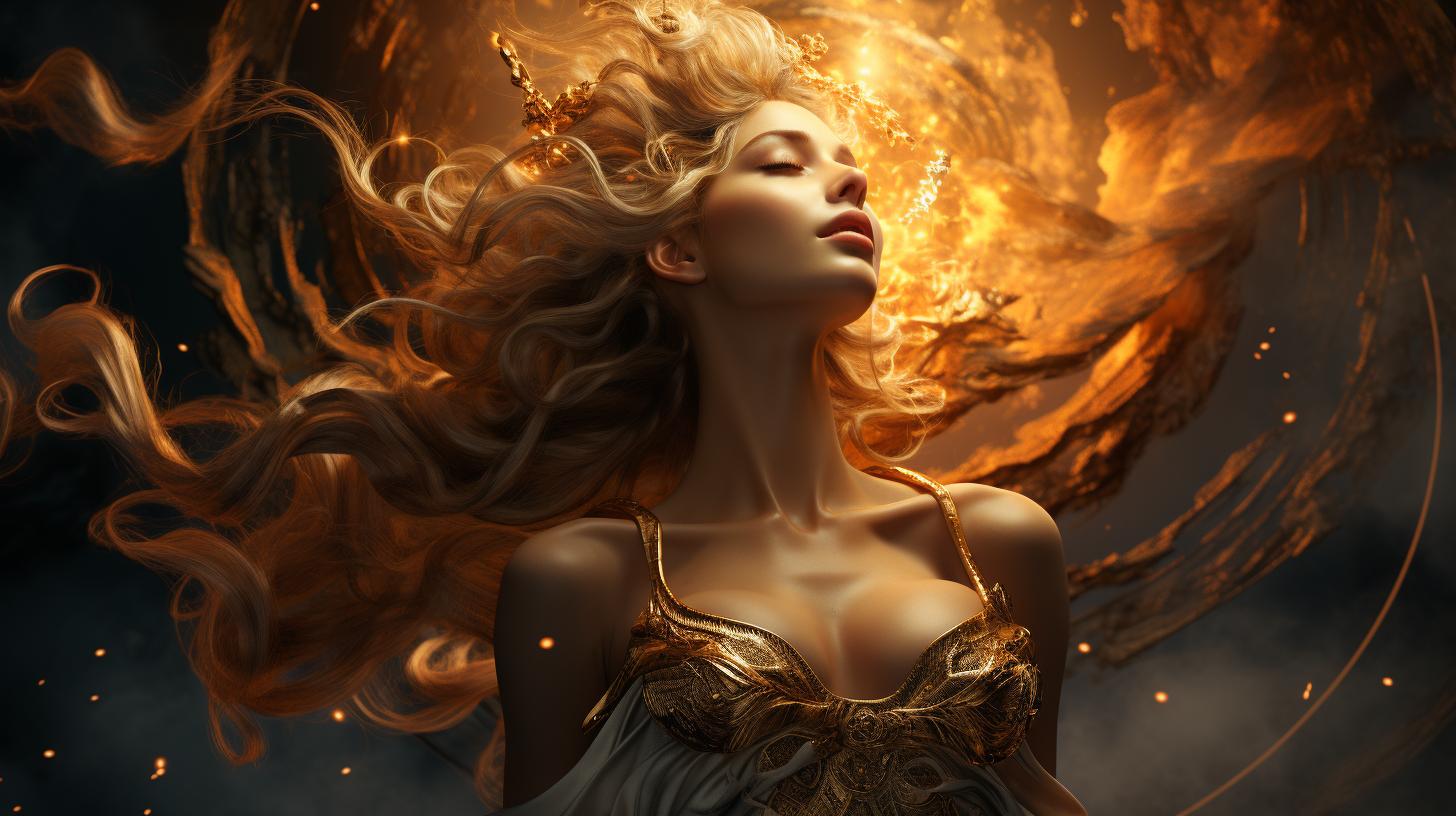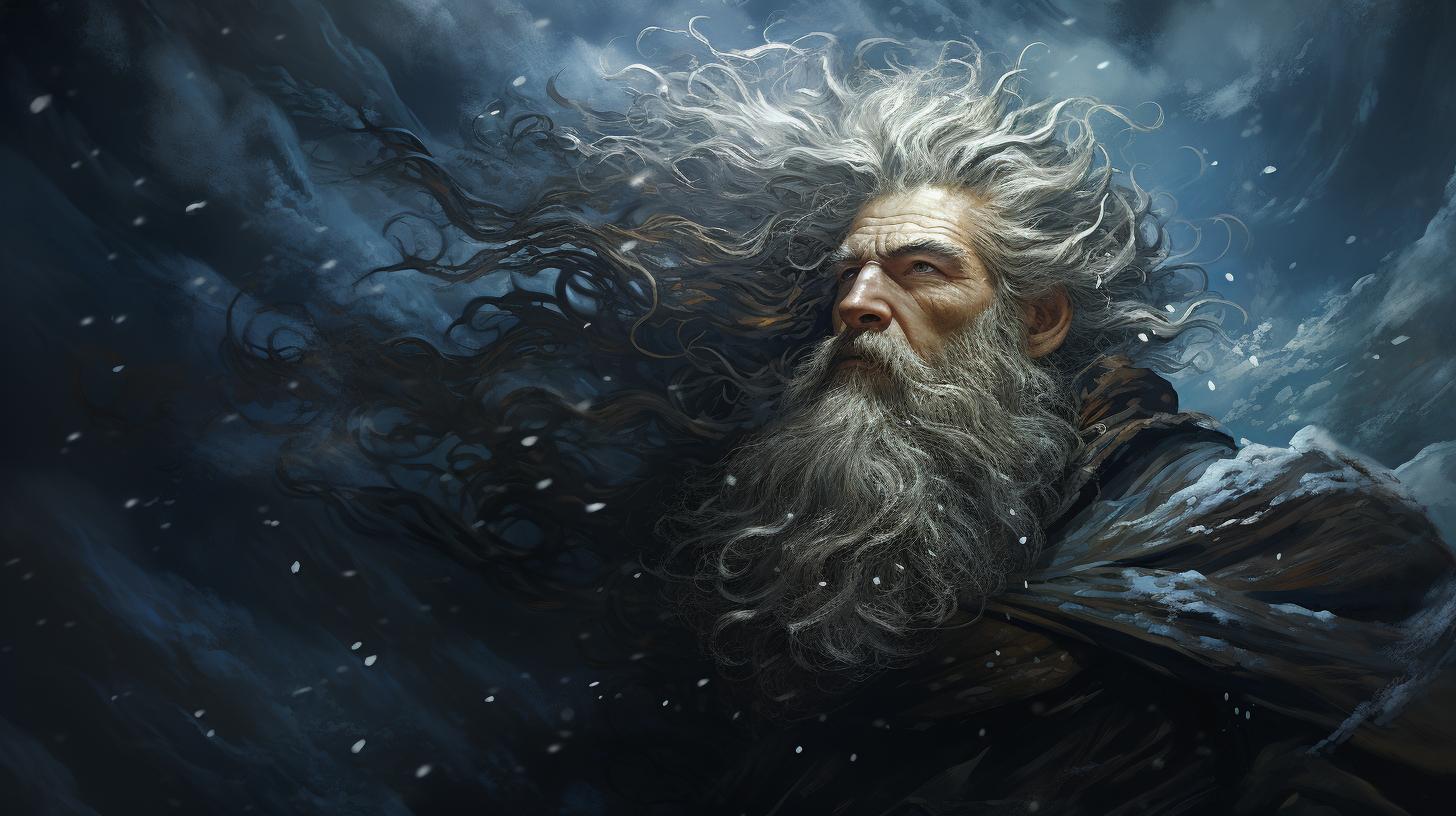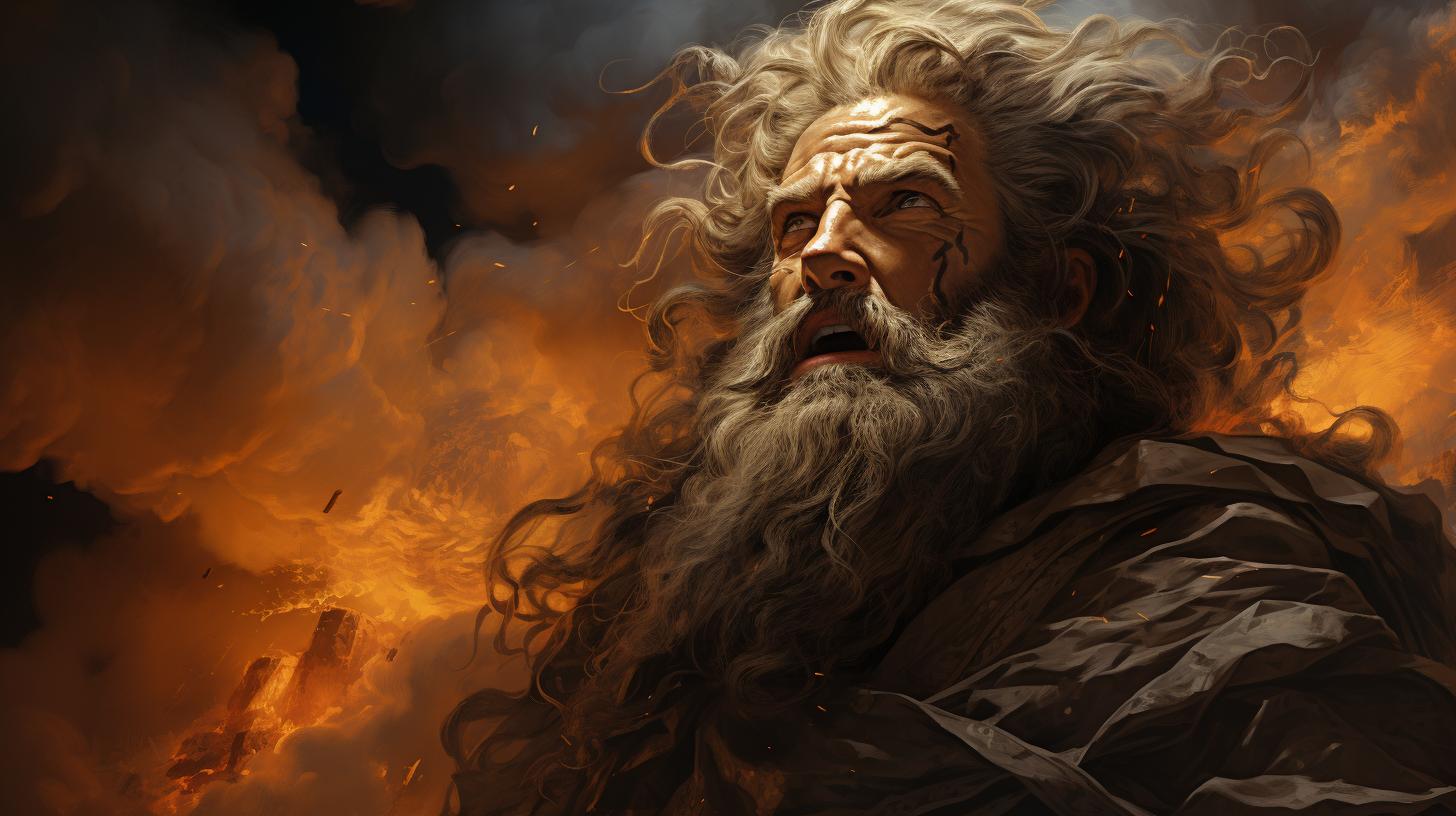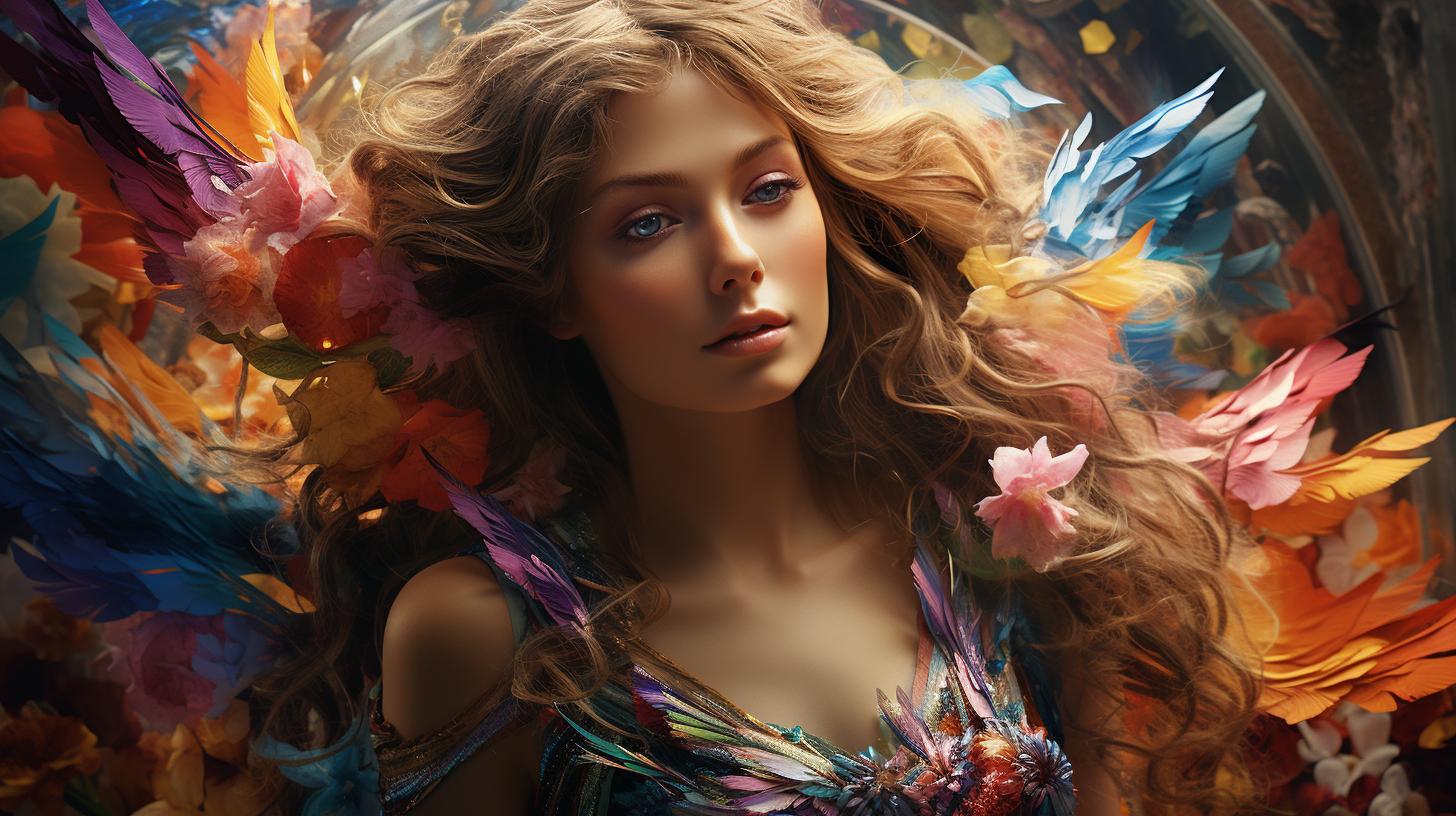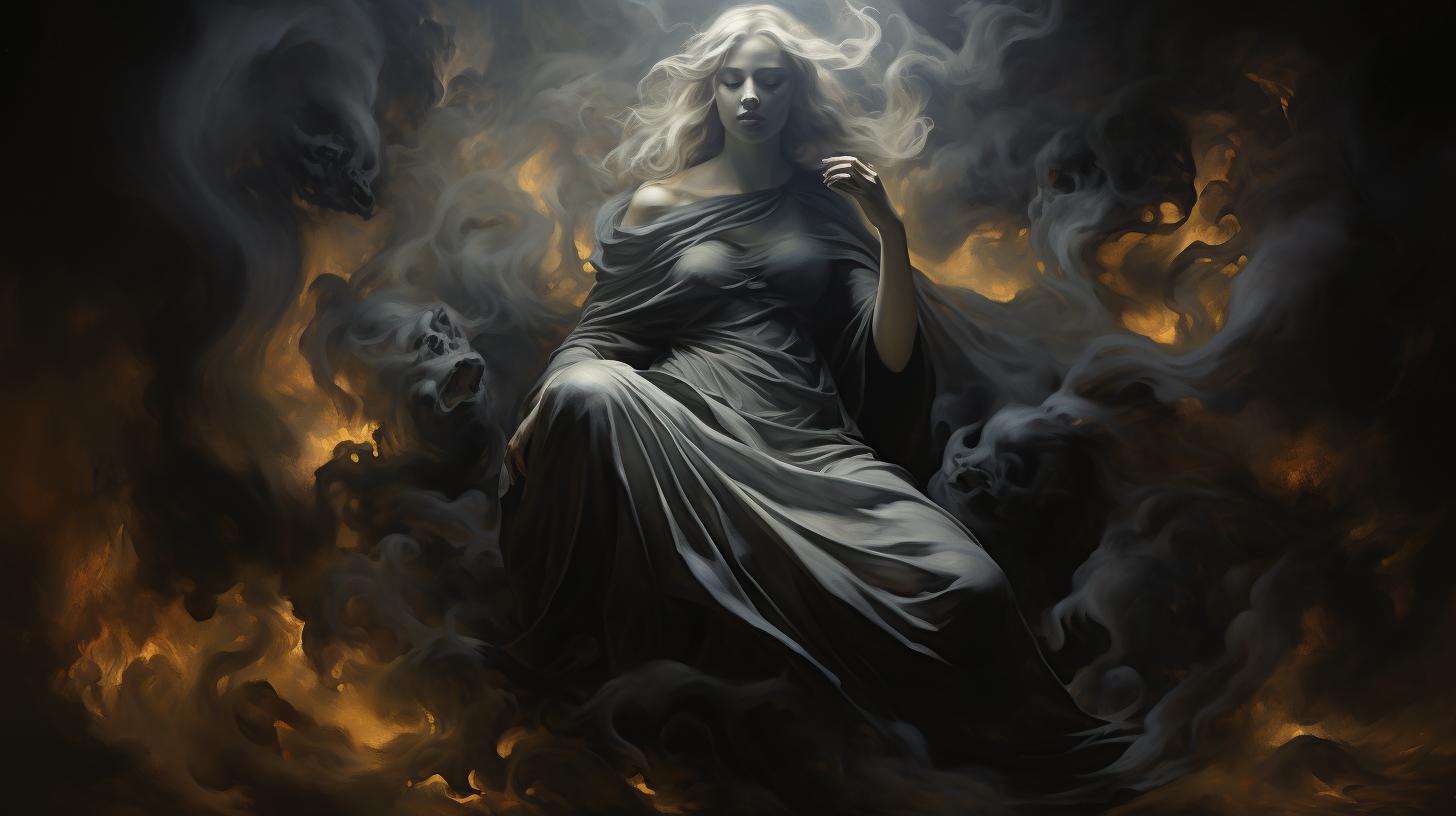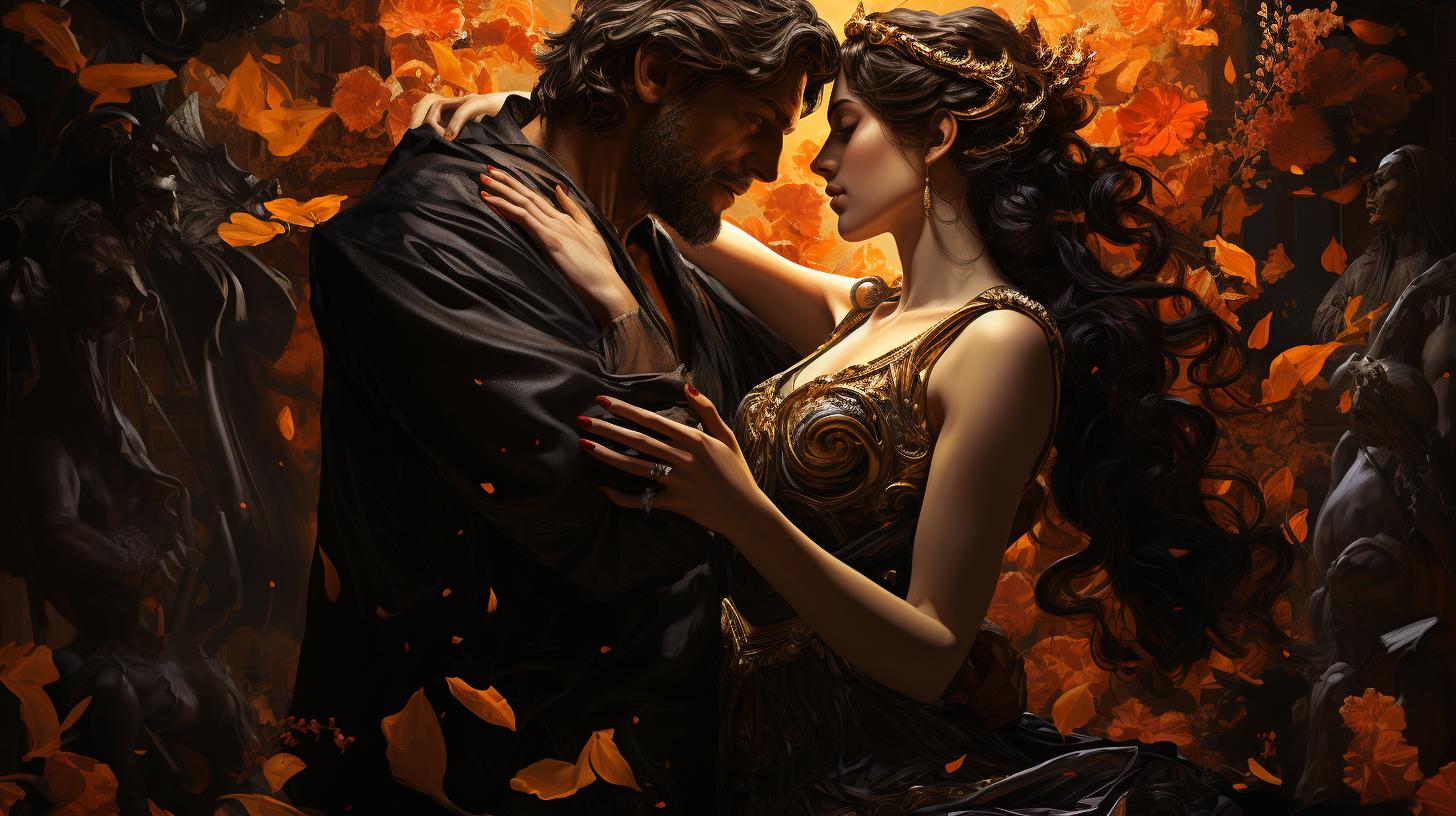Selene: The Greek Goddess of the Moon Explored
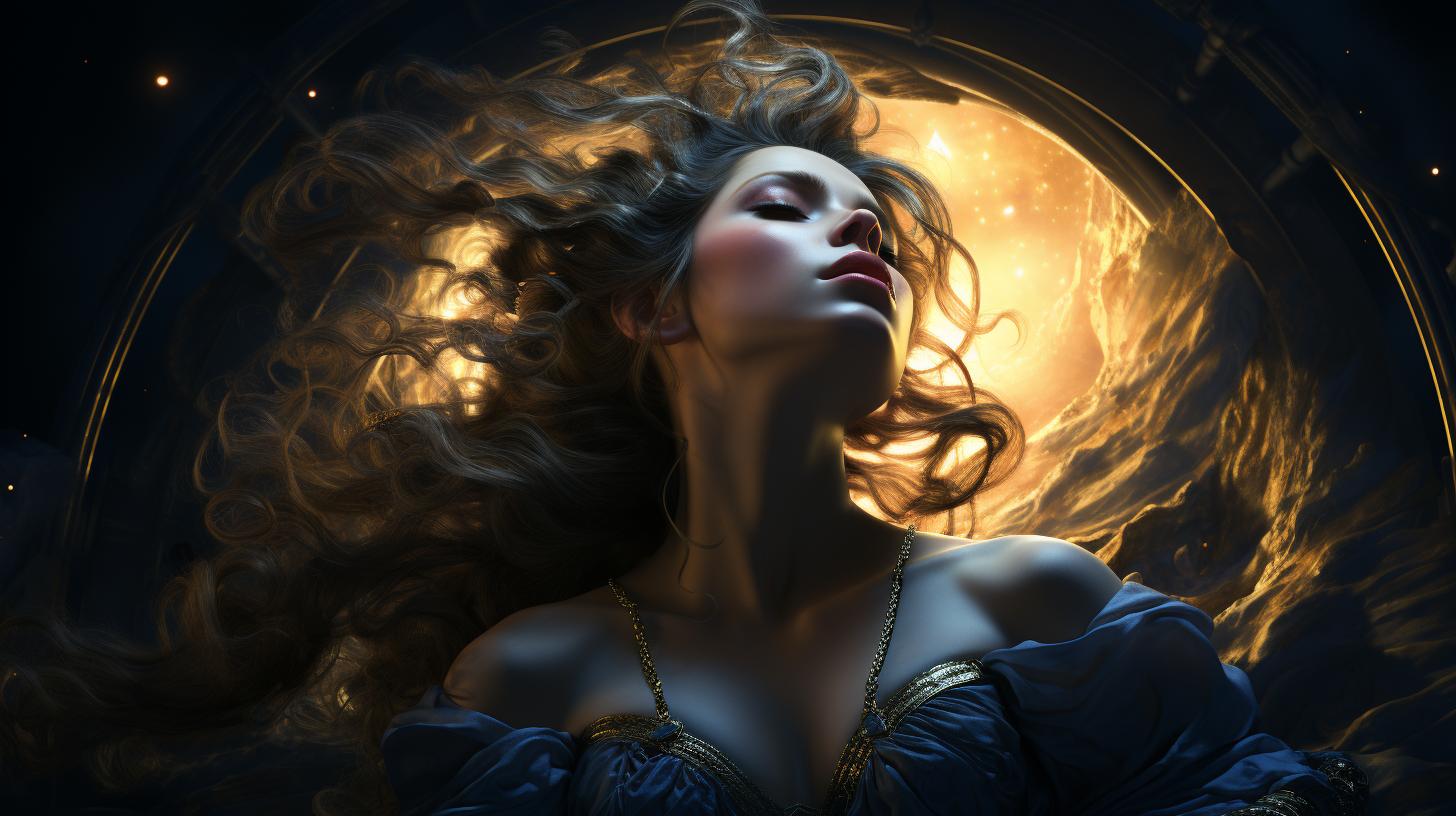
Selene the Greek goddess of the moon is a prominent figure in Greek mythology. As the daughter of the Titans Hyperion and Theia, she is revered during the phases of the Full Moon and New Moon.
Depicted riding a horse or driving a chariot pulled by white horses, Selene is known for her associations with Zeus, Pan, and the mortal Endymion. Her influence can be seen in various artistic representations, including the famous sculpture in the Parthenon.
Additionally, Selene’s worship involves rituals and festivals tied to the moon, emphasizing her connection to magic and sorcery.
The Mythology of Selene
Selene, the Greek goddess of the moon, holds a significant place in Greek mythology. Her role as the personification of the moon is fascinating, encompassing various intriguing stories and connections with other gods and mortals.
Let’s delve into the mythology surrounding Selene and explore the different aspects of her divine existence.
The Greek Goddess of the Moon
Selene is revered as the divine embodiment of the moon. She is admired for her ethereal beauty and magical influence. As the moon traverses the night sky, Selene illuminates the darkness, captivating mortals with her radiance and mysterious allure.
Her name is derived from the Greek noun ‘selas,’ which means ‘light,’ ‘brilliance,’ or ‘radiance.’
Selene’s Family: Titans and Siblings
Selene was born to the Titan couple, Hyperion and Theia, and she shares her lineage with notable deities. Her siblings include the sun god Helios and the dawn goddess Eos. This divine family creates a celestial connection between the sun, the moon, and the dawn, enhancing the symbolic significance of Selene’s role as the moon goddess.
Selene and Zeus: Love and Relationships
Selene’s romantic affairs extend beyond her divine realm. In Greek mythology, she is connected with Zeus, the king of the gods. Their relationship intertwines passion, desire, and power, representing the celestial union between the moon and the sky.
The bond between Selene and Zeus reveals the influence of the moon on the earthly realm and highlights the divine complexities of Greek mythology.
Selene and Endymion: Eternal Sleep and Love
The mortal shepherd Endymion holds a special place in Selene’s heart. Their love story revolves around Endymion’s eternal slumber, enchanted by Selene’s desire to be with him forever. Zeus, in his wisdom, granted Endymion an everlasting sleep, allowing Selene to visit him every night in a cave on Mount Latmos.
This tale emphasizes the eternal and transcendent nature of love, even between a mortal and a goddess.
Selene in Greek Art and Representation
Selene, the Greek goddess of the moon, has been depicted in various forms of art throughout history. These artistic representations capture her significance and symbolism, showcasing her connection to the moon and its phases.
Depicting Selene: Horses and Chariots
One common depiction of Selene portrays her riding a majestic horse or driving a chariot pulled by white horses. This imagery emphasizes her ethereal and otherworldly nature as the goddess of the moon.
The powerful and graceful imagery of Selene on horseback or in a chariot captures the mystery and beauty associated with the lunar realm.
Selene’s Iconography: Crescent Moon and Crown
Selene is often associated with the crescent moon, which is a recurring symbol in her artistic representations. This crescent moon iconography represents the phases of the moon and further emphasizes her connection to its cycles.
Additionally, Selene is often depicted wearing a crown adorned with crescent moons, symbolizing her divinity and celestial status.
Selene in the Parthenon: Symbolizing the Passage of Time
One remarkable representation of Selene can be found in the iconic Parthenon in Athens. A famous sculpture showcases Selene and her horses, symbolizing the passage of time as the moon moves through its phases.
This artwork demonstrates the Greeks’ understanding of Selene’s role in the cosmic order and her importance in their culture and beliefs.
In summary, Selene’s presence in Greek art is a testament to her significance as the goddess of the moon.
Depicted riding horses or driving chariots, her iconography of the crescent moon and crown further symbolize her divinity. The Parthenon sculpture exemplifies her role in the passage of time, solidifying her importance in Greek mythology and culture.
Selene’s Connections with Other Gods and Figures
Selene, the Greek goddess of the moon, holds intriguing connections with various gods and figures in Greek mythology. These relationships shed light on the complexity of her character and highlight her significant role in the pantheon.
Selene and Pan: Stories and Encounters
One notable connection is between Selene and Pan, the mischievous god of shepherds and the wild. It is said that Selene encountered Pan during her moonlit wanderings, resulting in intriguing tales of their interactions.
While details of these encounters vary, they often depict a sense of mystical allure and fascination. The intertwining of Selene’s lunar energies with Pan’s earthy presence adds depth to their individual mythologies.
Selene and Heracles: Involvement in Conception
Another notable connection is between Selene and the renowned hero Heracles. According to some accounts, Selene played a significant role in the conception of Heracles. Fueled by desire and divine intervention, their encounter paved the way for the birth of one of the greatest heroes in Greek mythology.
This connection showcases Selene’s influence in the realm of heroic tales and adds an air of divine ancestry to Heracles.
Selene and Creation: The Nemean Lion
In addition to her relationships with gods and mortals, Selene holds associations with the creation of legendary creatures. One particular connection is with the Nemean Lion, a fearsome and invulnerable beast.
It is said that Selene played a part in the origin of this monstrous creature, whose defeat became one of the celebrated labors of Heracles. This connection emphasizes Selene’s role in shaping both the natural and mythical world.
In conclusion, Selene’s connections with various gods and figures add depth and intrigue to her mythological narrative. Her encounters with Pan showcase a sensual bond between the lunar goddess and the wild, while her involvement in the conception of Heracles highlights her role in the heroic realm.
Additionally, her association with the creation of the Nemean Lion exemplifies her influence over mythical beings. These connections contribute to Selene’s significance within Greek mythology and solidify her position as a goddess deserving of reverence.
Worshiping Selene: Rituals and Festivals
Worshiping Selene, the Greek goddess of the moon, involved a range of rituals and festivals that were deeply rooted in moon-related practices. These rituals aimed to honor and celebrate Selene’s divine presence in the night sky.
They were often carried out during significant lunar phases, such as the Full Moon and New Moon, when Selene’s influence was believed to be at its peak.
The Cult of Selene: Moon-related Practices
The cult of Selene focused on various moon-related practices that symbolized devotion and reverence towards the goddess. Followers of the cult would gather at sacred places, such as temples or open-air sanctuaries, to engage in rituals that involved moon-watching, lunar offerings, and prayers.
These practices aimed to establish a spiritual connection with Selene and seek her guidance and blessings.
Selene and Magic: Associations with Sorcery
Selene was closely associated with magic and sorcery, further enhancing her mystical aura. Her worshippers believed that Selene had immense magical powers and could influence the tides, dreams, and fertility.
Rituals and ceremonies associated with Selene often incorporated elements of magic, including the use of potions, spells, and incantations, to invoke her blessings and channel her lunar energies.
Selene in Artifacts: Vases, Reliefs, and Coins
The significance of Selene extended beyond religious practices and permeated the realm of art. Selene’s portrayal was captured in various artifacts, such as intricately designed vases, detailed reliefs, and even coins.
These depictions showcased Selene in her divine form, riding her chariot or adorned with a crescent moon crown, emphasizing her association with the moon and symbolizing the passage of time.
Exploring the Symbolism of Selene
As we delve deeper into the mythological world of Selene, we uncover the fascinating symbolism that surrounds her.
This section will explore various aspects of her symbolism, shedding light on her connection to the sky and the sun, her identification with other deities in Roman mythology, and her intriguing relationship with Eos, the goddess of dawn.
Selene’s Connection to the Sky and the Sun
One of the significant aspects of Selene’s symbolism is her association with the sky and the sun. While primarily known as the goddess of the moon, Selene’s role goes beyond the lunar realm.
In Greek mythology, the sky and the sun hold immense importance, representing power, light, and divine forces. Selene’s connection to the sky highlights her celestial nature and emphasizes her celestial glow, illuminating the night sky.
Selene in Roman Mythology: Identification with Other Deities
In Roman mythology, Selene was often identified with the goddess Luna, who embodied the moon’s power and influence. Luna, like Selene, had a vital role in the cosmic balance and was revered for her ability to control the tides and influence various aspects of life on Earth.
This identification showcases Selene’s universality and her transcendence beyond Greek mythology, as she becomes an integral part of the Roman pantheon.
Selene and Eos: The Dawn Connection
Selene’s relationship with Eos, the goddess of dawn, presents an intriguing connection between the different phases of day and night. As Selene’s sister, Eos heralds the coming of daylight, while Selene presides over the beauty and mystery of the moonlit night.
This dynamic contrast between Eos and Selene serves as a reminder of the cyclical nature of time and the eternal dance between light and darkness.
Throughout history, Selene’s symbolism has captivated artists, poets, and philosophers alike, inspiring them to explore the divine qualities embodied by the moon and its goddess.
The depth and complexity of Selene’s symbolism continue to intrigue us, reminding us of the enduring significance of the moon in human culture and the timeless allure of Selene herself.
Selene’s Influence and Legacy
Selene Across the Centuries: Ancient and Modern Perspectives
Throughout the centuries, Selene, the Greek goddess of the moon, has captivated the imaginations of people both in ancient times and the modern era.
From the ancient Greeks who worshipped her to contemporary cultural references, Selene’s influence has endured. Artists, writers, and scholars have drawn inspiration from her ethereal presence and mystical attributes. Her celestial essence and everlasting beauty continue to fascinate, transcending time and leaving a lasting impression on human culture.
Selene’s Impact on Greek Mythology and Culture
In Greek mythology, Selene plays a significant role in the celestial pantheon. As the goddess of the moon, she symbolizes the changing phases of the lunar cycle and the nocturnal realm.
Her relationship with Zeus, Pan, and Endymion adds depth to her character and further enriches Greek mythology. Selene’s impact extends beyond mythology and into various aspects of Greek culture, including art, literature, and religious practices.
Her stories and imagery have inspired countless works of art, poetry, and philosophical contemplation, leaving an indelible mark on Greek heritage.
Appreciating Selene: The Significance of the Moon
The moon has long been a source of fascination and wonder for humanity, with Selene personifying its allure. Her connection to the moon represents the cyclical nature of time, fertility, and the rhythms of life.
Selene’s association with magic and sorcery reflects mankind’s desire to harness the celestial forces of the moon. Her portrayal in art and artifacts, such as vases, reliefs, and coins, serve as a testament to the enduring appreciation for Selene’s significance in the human psyche.
By exploring Selene’s legacy, we gain a deeper understanding of our enduring fascination with the moon and its mythical embodiment.
In conclusion, Selene’s influence and legacy span from ancient times to the present day.
Her ethereal nature, connections to other deities, and symbolic representation of the moon have left an indelible mark on Greek mythology and culture. The enduring fascination with Selene highlights the timeless appeal of celestial beings and their profound impact on human imagination and creativity.
.

